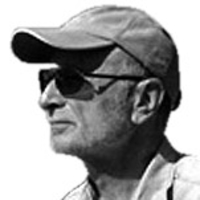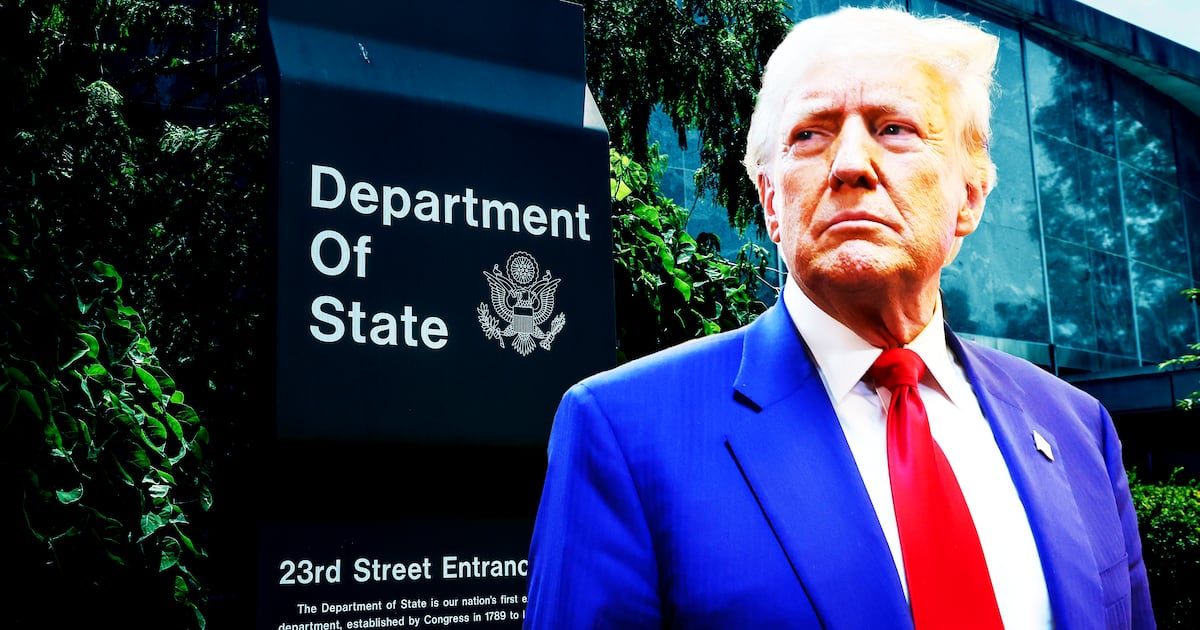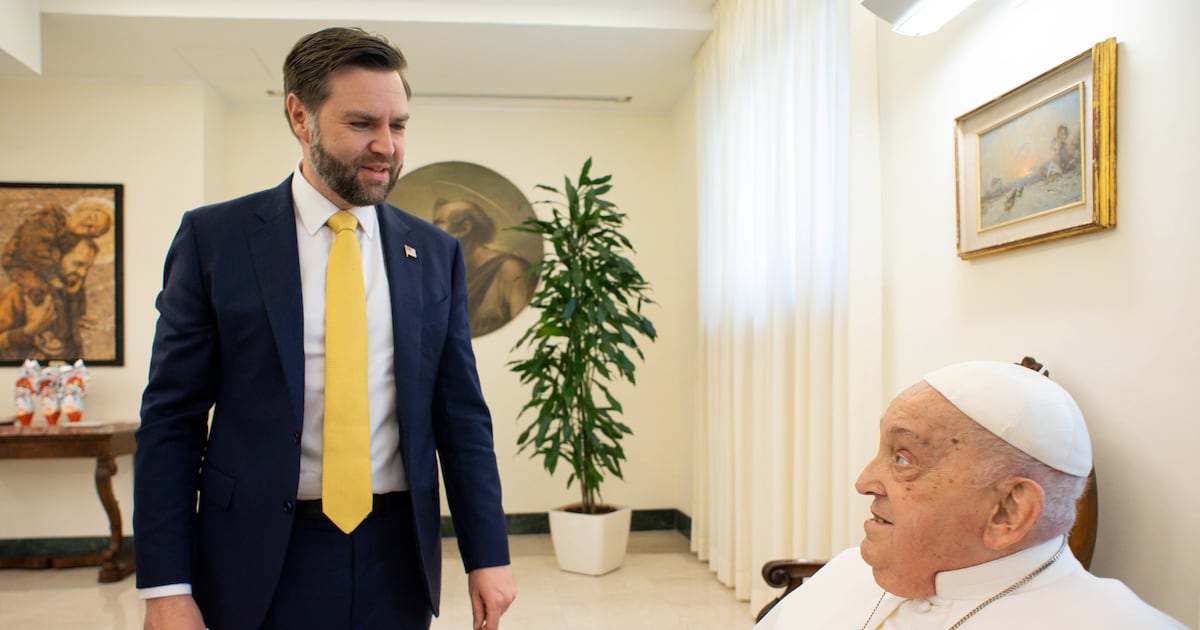A blood-splattered jihadist with a meat cleaver in one hand declaring to a bystander’s smartphone camera “Allahu Akbar” and “we will always beat you” in a pronounced south London accent? While waiting 20 minutes for the police to arrive after he’s taken part in what seemed like a ritual assassination of a British soldier? Exactly what terrorist profile does this conform to?

None.
And that’s what concerns British terrorism officials. Is this bizarre episode the beginning of a new, unpredictable pattern of loners operating without any organized backing behind them, or a one-off?
The two assailants could, indeed, just be a couple of deranged freelancers. But the guidance British ministers have been giving reporters assumes something much graver, a form of terrorism so unsophisticated and amateur that it can’t be detected by existing surveillance methods.
The fact that the wild, bloodied harangue to camera was delivered by a black man with no trace of a foreign accent—indeed, in an accent that seemed to originate in south London in particular—suggests homegrown militants, perhaps men radicalized via the Internet, through a form of widely dispersed propaganda rather than targeted brainwashing.
Many witnesses saw two men in a car deliberately run down the off-duty soldier, then hack away at him with a meat cleaver, apparently attempting to decapitate him.
The first police to arrive were unarmed and called for armed backup— while the attackers argued with witnesses. When armed officers arrived, the two suspects resisted arrest and were shot—one by a woman officer. They were treated on the spot by paramedics and then evacuated by helicopter to hospitals nearby.
Soon afterward, there was an emergency meeting of the government’s Cobra group, which deals with critical public-safety incidents. Prime Minister David Cameron was traveling in Europe on government business and in his absence the Cobra group was chaired by the Home secretary, Theresa May. Those present included the head of MI5 and Scotland Yard’s terrorism chief. Cameron later cut short his European trip and will chair another Cobra meeting Thursday morning.
The attack occurred in Woolwich, where British troops have been based for 200 years. Although the victim of the attack was not in uniform, he was wearing a T-shirt bearing the slogan “Help for Heroes” indicating that he was military.
It was the first killing of a British soldier on British soil since the spate of IRA attacks in the 1980s, although other, earlier jihadist plots to do so were uncovered and forestalled, and it is the first terrorist casualty in Britain since the 2005 attacks in London that killed 52 people and injured more than 70.
The Cobra group will have to decide whether to raise the terrorist threat level from its present “substantial” to “critical.” Since there was no advance intelligence or “chatter” to indicate an attack, it is being described as a “lone wolf” operation and that, experts say, would not require raising the threat level. However, security around military bases in London was stepped up.
The BBC has been reporting that one of the attackers was a Nigerian known to have had connections with the Somalia-based terrorist group Al-Shabaab, from as far back as 2003.
The behavior of the attackers immediately after the killing suggests that they may have been waiting for the armed police to arrive with the idea of achieving a very public martyrdom by dying in a hail of bullets. Instead, as they face questioning in hospital they are the now the only people who can explain this gruesome atrocity.






